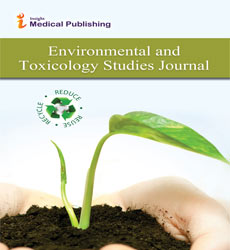Environmental Stability and Residual Stresses in Zirconia Femoral Head for Total Hip Arthroplasty
Abstract
We do not all The objective of this study was to compare the low temperature degradation (LTD) behavior of femoral heads made of 3Y-TZP as observed on retrievals with that induced in vitro upon prolonged exposures to a hydrothermal environment. The time-dependent evolution of tetragonal-to-monoclinic transformation and the related residual stresses were nondestructively monitored by Raman micro spectroscopy. An increasing intensification of tensile and compressive stresses was detected with increasing hydrothermal aging duration in tetragonal and monoclinic phases, respectively. The dependence of monoclinic fraction upon exposure time was rationalized through the Mehl-Avrami-Johnson (MAJ) formalism in order to interpret the LTD process according to a two-step mechanism of formation and growth of monoclinic nuclei. In vitro results were compared to in vivo monoclinic contents in the same type of 3Y-TZP head retrievals after implantation periods of 1.6–16.6 y, also including literature data previously reported by other authors. One-hour exposure under the selected aging condition is estimated to correspond to in vivo exposures of 4 and 2 years according to ISO and ASTM criteria, respectively. A critical review of these two criteria according to the present analyses revealed that the ASTM simulation predicts more closely the in vivo results as compared to the ISO one. Zirconia () bearings have been considered as a valid alternative to alumina bearings in total joint replacement (TJR). The most attractive characteristics are excellent flexural strength and fracture toughness, which are significantly higher than those of alumina
Open Access Journals
- Aquaculture & Veterinary Science
- Chemistry & Chemical Sciences
- Clinical Sciences
- Engineering
- General Science
- Genetics & Molecular Biology
- Health Care & Nursing
- Immunology & Microbiology
- Materials Science
- Mathematics & Physics
- Medical Sciences
- Neurology & Psychiatry
- Oncology & Cancer Science
- Pharmaceutical Sciences
